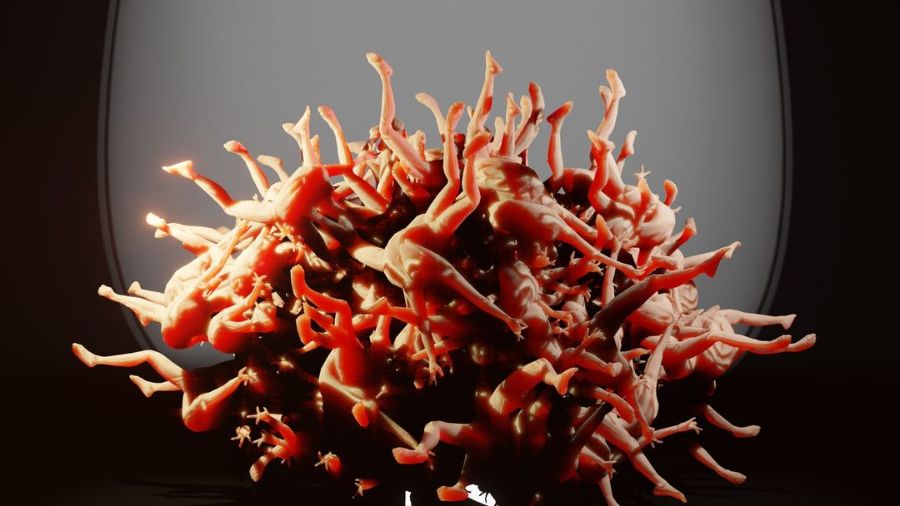
Sylphides 3.1 é uma videodança criada a partir da mistura e do hibridismo da linguagem da dança com a simulação e a animação 3D. Como dançar na Web 3.0? Como coreografar no metaverso? Como reprocessar a revolução eclodida pela relação entre dança e simulação 3D? Como artista da dança, busco respostas criativas para essas questões misturando dança e 3D, NFTs, web3 e metaversos, provocando um diálogo entre o clássico e o contemporâneo e refletindo sobre o futuro da Arte e da Dança. O nome da coleção é uma citação direta à mitologia germânica, e especialmente a obras de grande importância na história da dança: “La Sylphide” (1832) e “Les Sylphides” (1909). Essas peças são usadas como ponto de partida para provocar as relações e semelhanças entre o clássico e o contemporâneo, e para refletir sobre o que ainda está por vir no futuro da Arte, em geral, e da Dança, em particular. Novos corpos, novas danças? Os elementos estéticos e artísticos explorados nas sílfides de séculos anteriores através de figuras femininas arejadas com danças revolucionárias na ponta dos pés, são agora retrabalhados a partir de novos protocolos, novos códigos e novos paradigmas provocados pela Web 3.0, pela ficção científica e pelo biofuturismo. Outros corpos, outras danças. A figura do feminino, romântica, gênia do ar, vaporosa, enigmática e sobre-humana dá lugar a figuras andróginas, nem masculinas nem femininas, descentralizadas, com físicas simulada, partes moles, coreografias procedurais, movimentos desconexos e articulações hiperflexíveis. Hiper-humanos. Vários corpos. Várias danças.
Sylphides 3.1 is a video dance created from the mixture and hybridization of the language of dance with simulation and 3D animation. How to dance in Web 3.0? How to choreograph in the metaverse? How to reprocess the revolution hatched by the relationship between dance and 3D simulation? As a dance artist, I seek creative answers to these questions by mixing dance and 3D, NFTs, web3 and metaverses, provoking a dialogue between classical and contemporary and reflecting about the future of Art and Dance. The name of the collection is a direct reference to Germanic mythology, and especially to works of great importance in the history of dance: “La Sylphide” (1832) and “Les Sylphides” (1909). These pieces are used as a starting point to tease out the relationships and similarities between the classical and the contemporary, and to reflect on what is yet to come in the future of Art, in general, and Dance, in particular. New bodies, new dances? The aesthetic and artistic elements explored in the sylphids of previous centuries through airy female figures with revolutionary dances on their tiptoes are now reworked from new protocols, new codes, and new paradigms brought about by Web 3.0, science fiction, and biofuturism. Other bodies, other dances. The figure of the feminine, romantic, genie of the air, vaporous, enigmatic, and superhuman gives way to androgynous figures, neither male nor female, decentralized, with simulated physiques, soft parts, procedural choreographies, disconnected movements, and hyper-flexible articulations. Hyperhuman. Multiple bodies. Multiple dances.